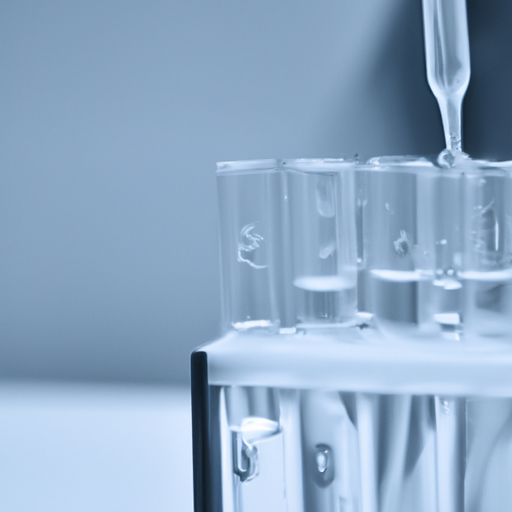Exploring The Wonders Of Science Laboratory Technology
Science laboratory technology is a fascinating field that bridges the gap between theoretical knowledge and practical application.
It plays a pivotal role in various scientific domains, including medical research, environmental studies, and even food science and technology.
Let’s dive into the world of science laboratory technology and uncover its many layers.
What Is Science Laboratory Technology?
Science laboratory technology encompasses the tools, techniques, and processes used to conduct experiments and analyze data in a laboratory setting.
These technologies are essential for scientific advancements and breakthroughs.
They ensure precise measurements, accurate results, and reproducibility of experiments.
Think about when you last visited a hospital.
The blood tests or imaging scans you might have undergone relied heavily on advanced laboratory technologies.
Without these technologies, diagnosing illnesses would be far less accurate.
The Evolution Of Science Laboratory Technology
The journey of science laboratory technology has been nothing short of remarkable.
From rudimentary tools like simple microscopes to today’s high-tech equipment, the advancements have been staggering.
Earlier scientists relied on basic instruments to make groundbreaking discoveries.
However, the modern era has ushered in an age where cutting-edge technology drives scientific innovation.
Take PCR (Polymerase Chain Reaction), for instance.
Before its invention in the 1980s, amplifying DNA for study was laborious and time-consuming.
Today, PCR machines can amplify DNA within hours, revolutionizing fields like genetics and forensic science.
Key Components Of Modern Laboratories
Modern laboratories are equipped with an array of sophisticated devices that perform specific functions.
These components are crucial for conducting high-quality research.
Analytical Instruments
Analytical instruments such as spectrophotometers and chromatographs enable researchers to identify and quantify substances within a sample.
For example, gas chromatography-mass spectrometry (GC-MS) is widely used in environmental studies to detect pollutants at minute concentrations.
In food science and technology labs, these instruments help ensure food safety by detecting contaminants like pesticides or heavy metals in products.
Imaging Technologies
Imaging technologies like electron microscopes allow scientists to observe structures at nanoscale levels.
This has immense applications in materials science, biology, and medicine.
Consider how vital imaging is in medical diagnostics.
MRI machines provide detailed images of internal body structures without invasive procedures.
This not only aids diagnosis but also helps plan treatments with precision.
Automation And Robotics In Labs
Automation has transformed laboratories by increasing efficiency and reducing human error.
Robotic systems can handle repetitive tasks such as pipetting or sample sorting with unparalleled accuracy.
In high-throughput screening labs used by pharmaceutical companies, robots test thousands of compounds rapidly to identify potential new drugs.
This speeds up the drug discovery process significantly.
The Role Of Big Data In Science Laboratories
Big data analytics is another game-changer within science laboratories.
With vast amounts of data generated daily from experiments around the world; analyzing this data manually would be daunting if not impossible.
Machine learning algorithms can sift through enormous datasets quickly identifying patterns or anomalies that humans might miss otherwise.
For instance; genomics research generates massive quantities of genetic information requiring sophisticated algorithms for interpretation leading towards personalized medicine approaches tailored specifically towards individual genetic profiles rather than one-size-fits-all solutions seen traditionally before advents brought forth via big data methodologies today!
Data Management Systems
Effective data management systems form backbone support ensuring all experimental findings remain organized accessible anytime anywhere globally shared amongst peers collaborating seamlessly across borders breaking down silos fostering greater innovation collectively pushing boundaries forward together united common goal scientific progress continual improvement betterment humanity overall well-being future generations alike!
Laboratory Information Management Systems (LIMS) streamline workflow processes tracking samples managing inventory scheduling maintenance tasks seamlessly integrating various instrumentation platforms thereby enhancing operational efficiencies productivity outcomes exponentially higher scales previously unimaginable realized now thanks technological advancements embraced wholeheartedly worldwide community researchers dedicated passion pursuit knowledge truth excellence forefront forefront cutting edge frontiers exploration discovery beyond horizons imagination!

